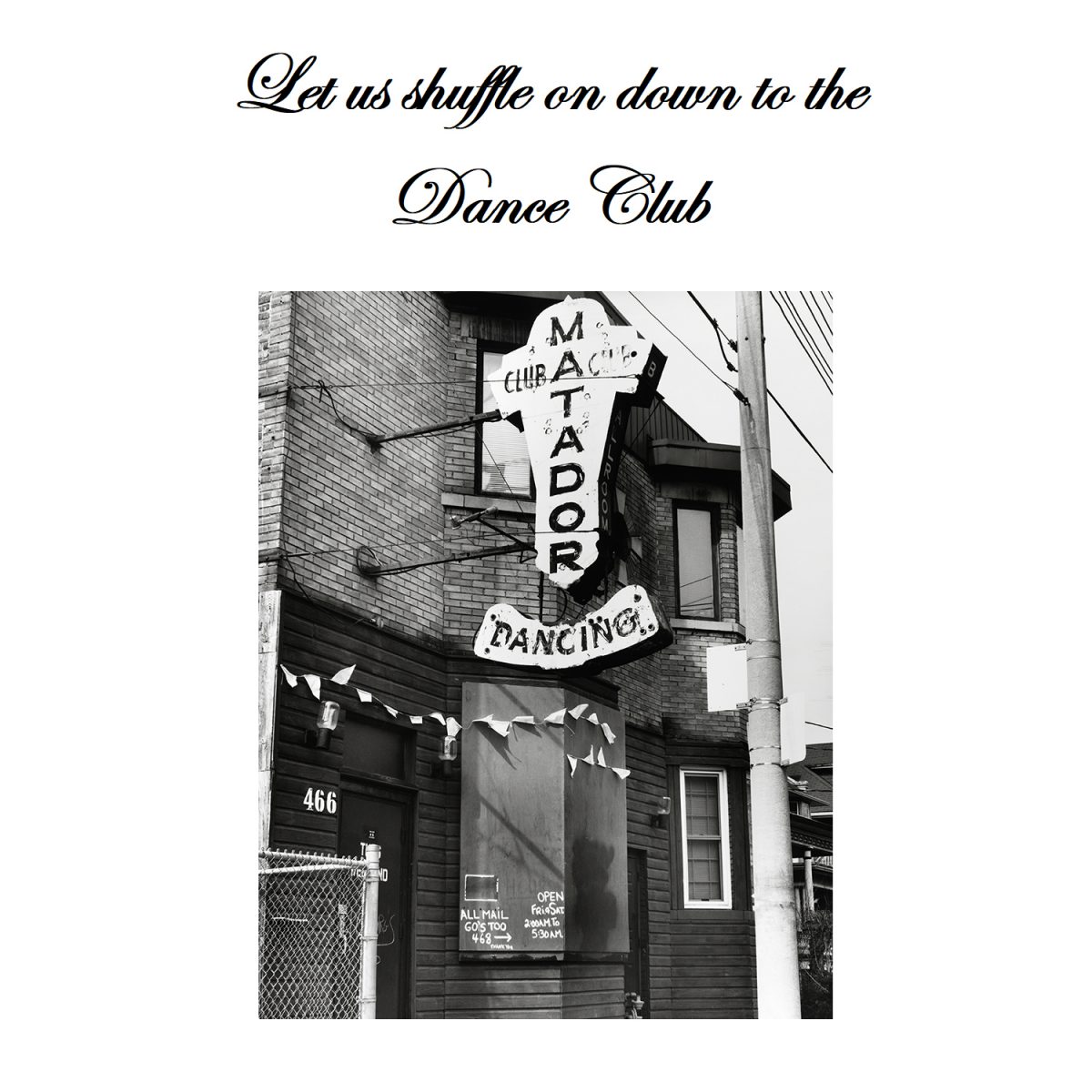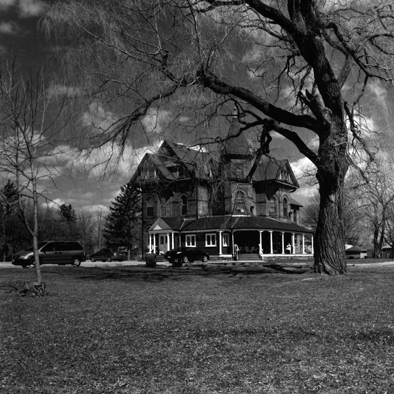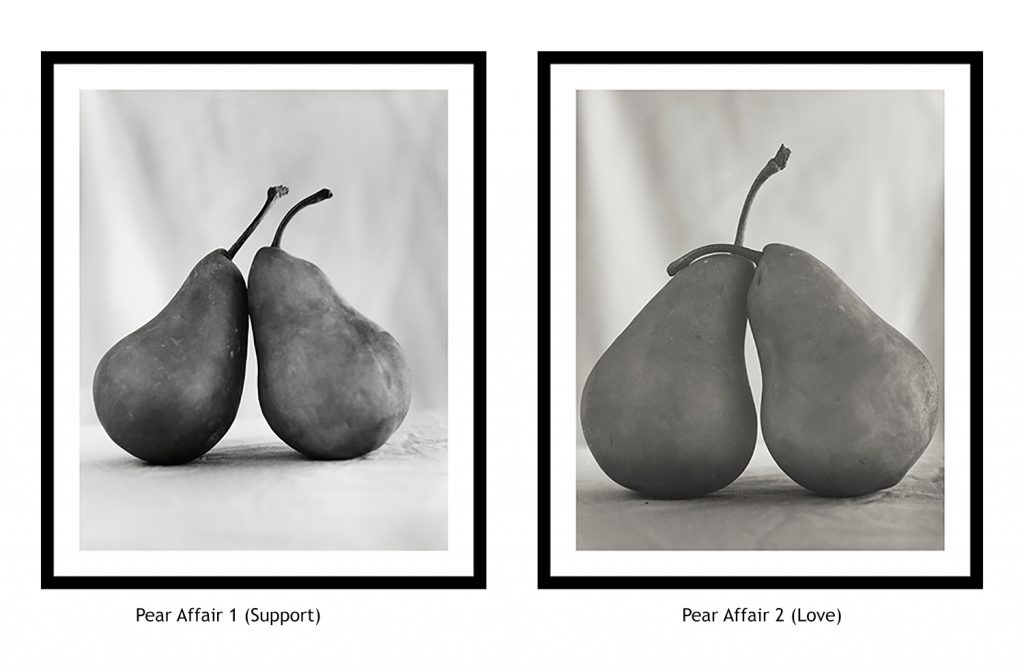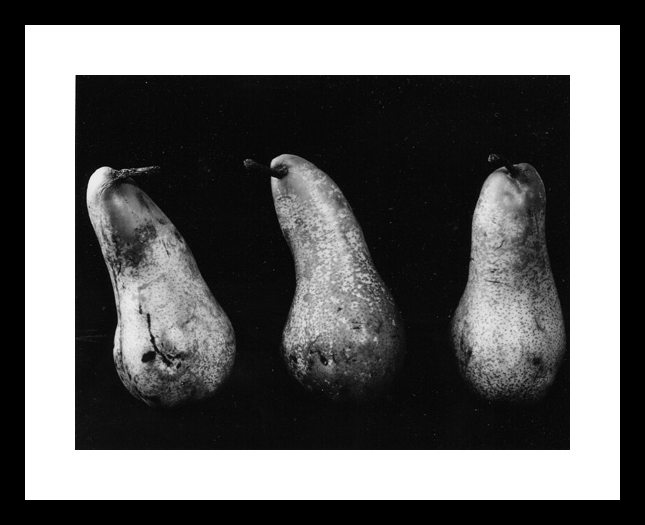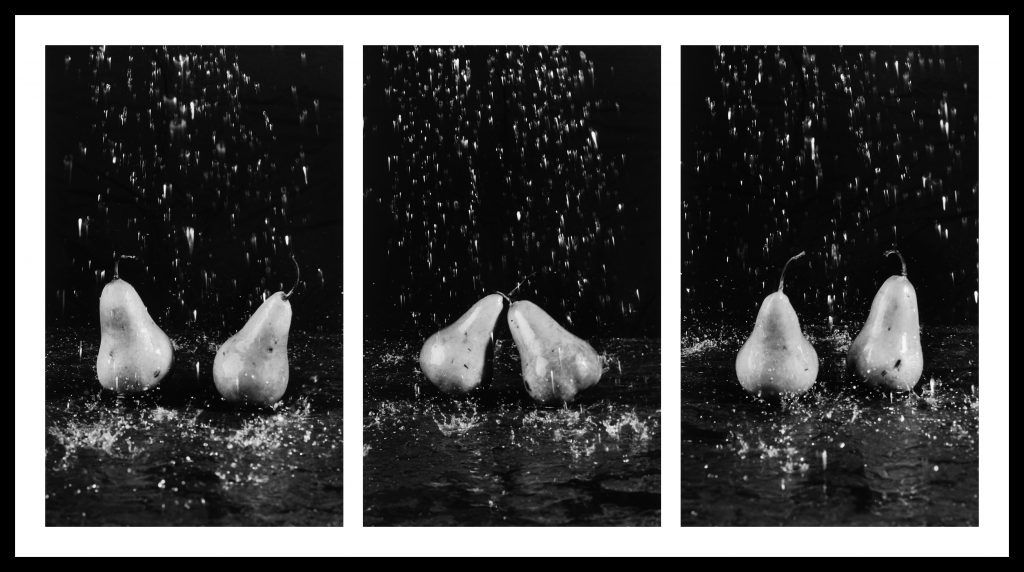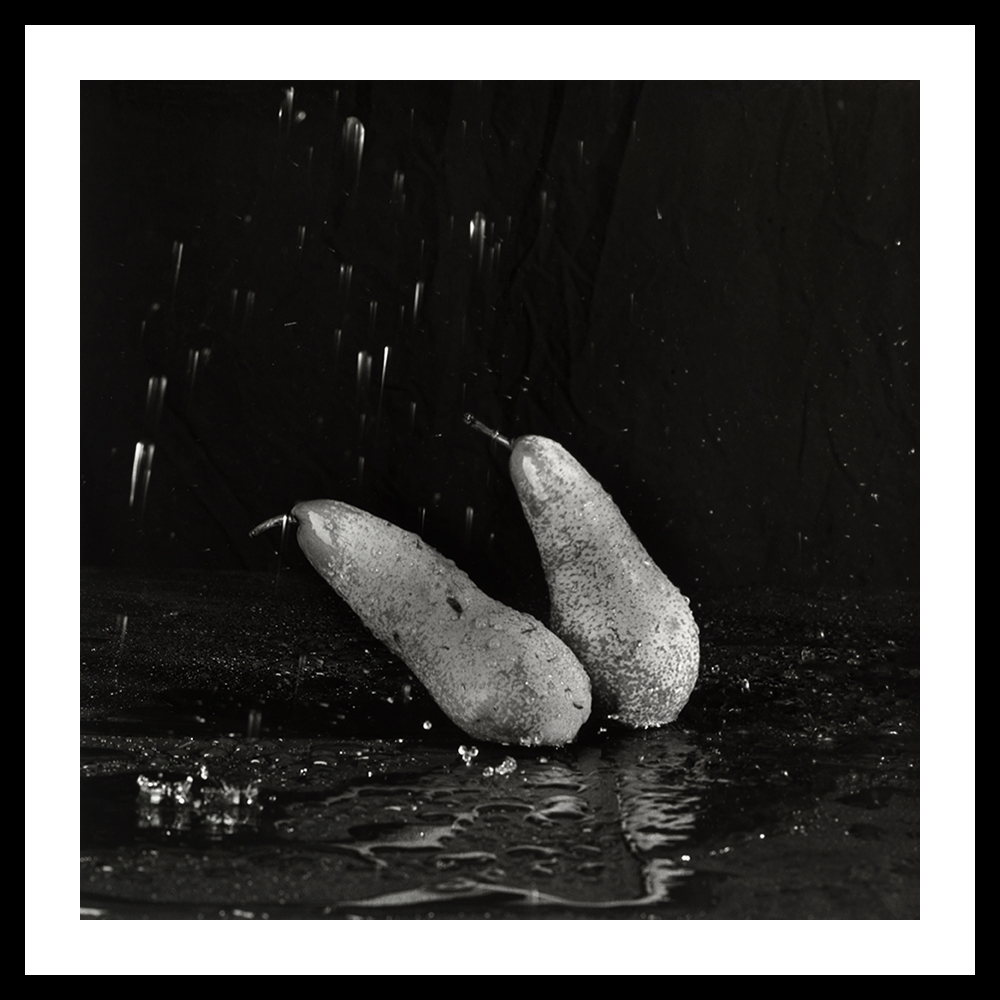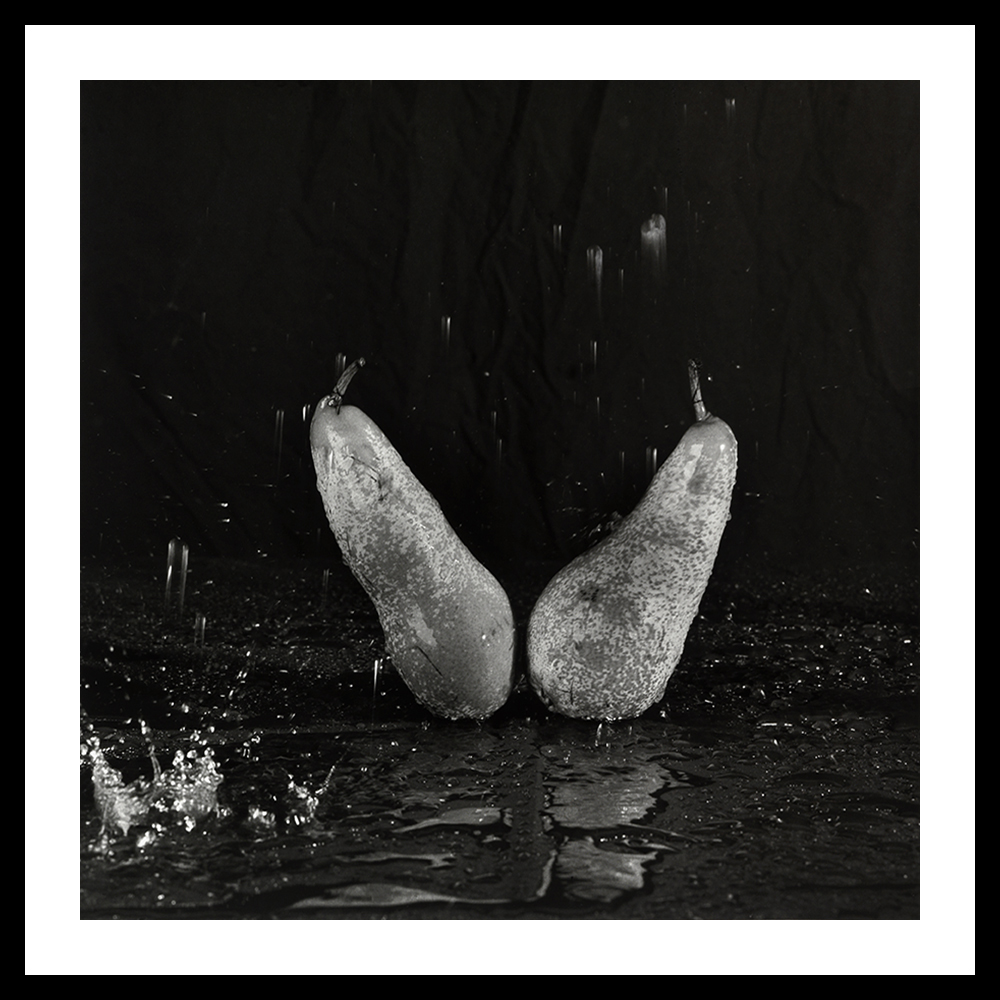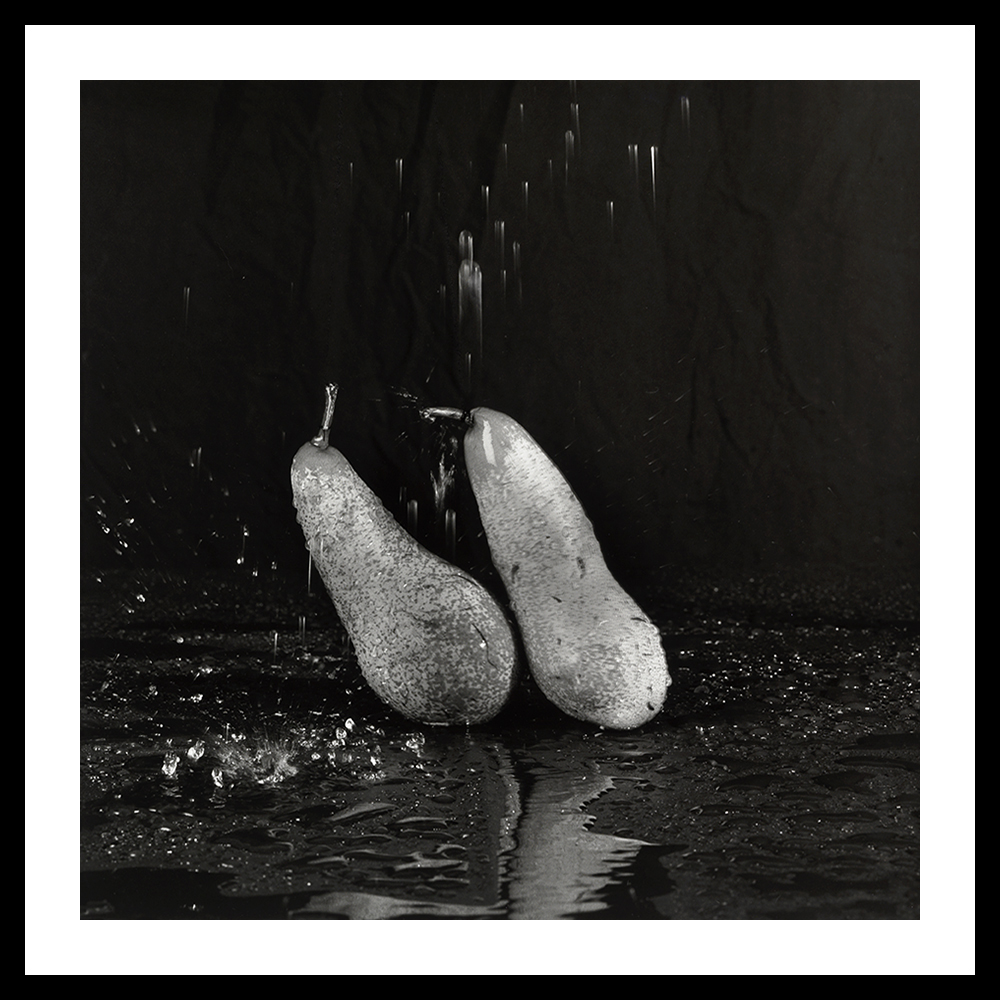Summer is half over, and we have been in lockdown since mid-March, I felt it was timely to share an upbeat story – The Dance Club featuring dancing pears. Yes, pears can dance! Let me explain. I am getting ahead of myself; first, I need to provide some background.
Prior to designing and opening my own studio and darkroom facility in a west end Toronto rental space in mid-2008, my artwork focused primarily on landscapes. For my early floral and still life studies, I used the limited space available in my condo.
Having my own studio has allowed me to become more creative. Unlike my condo, I now had the floor space with fourteen-foot ceiling to create shooting sets and leave them set-up for extended periods. This allowed me to experiment extensively with composition and lighting. I now create my artwork primarily in the studio and enjoy the unique challenges of working in a studio.
My last outdoor project was in 2009 when I created work for my Scotiabank Toronto Contact Photography Festival exhibition called “Preserving the Past for Today”. The exhibition presented views of the Lakeshore Psychiatric Hospital and how the old-world charm of 19th century buildings have been retained and at the same time put to a productive use. The buildings are now part of Humber College Lake Shore Campus.
Pears
Pears are such a simple fruit, but delicious to eat. You can trace pears as an art subject going back centuries.
Pears was my first foray into still life photography in 2004 (see Pear Affair 1 and Pear Affair 2 to the right). I was attracted to pears because of their unique characteristics including their suggestive human form, individuality, and personality. From a composition point of view, my favorite varieties are the Bosc and Italian pears.
In addition to their texture, the Bosc pear stands a head taller than other pears with its elongated slender neck and the Italian pear is characterized by its elongated shape. Pear Series Interpretations 1 was created for my 2005 Toronto Contact Photography Festival Exhibition.
My composition objective is to create innovative images that are playful, mischievous, fanciful, and sensual. To achieve this objective, I pay attention to the staging of my subjects. I look beyond the conventional presentation of pears as well as I will use different props such as water, sand, masks, leaves, etc. For this blog posts, I like to share details on creating pears dancing in the rain.
Now let us shuffle on down to The Dance Club! I hope you enjoy the performances of pears dancing in the rain. At the same time, I will provide details on how the images were created.
Jiving in the Rain
The jive is a dance style that originated in the United States from African – Americans in the early 1930’s. It is a lively and uninhibited variation of the Jitterbug, a form of swing dance.
I created the feel of an incredibly happy, and energetic dance in the series of three images through lighting and double exposure. This was accomplished on the fifth shoot after experimenting for about a month.
For my dancers, I selected the bosc pear because to me it represented the characteristics that I wanted to present. The images were created in the studio using a watering can to create the effects of the rain. Since I was using a different set of pears for each shoot, all three images had to be created for each shoot. After each shoot, I would verify the composition and lighting on working prints. If any of the three images did not meet the desired presentation, I would re-create all three images until the desired presentation is met.
- Shoots one and two – I used two strobe lights from the front.
- Shoot three – To highlight the water drops, I added a third strobe, from the side rear, facing upwards from the floor.
- Shoot five – Using the positioning of the three strobes, on the first exposure, I had the water behind the pears and for the second exposures in front of the pears.
With the double exposure, it minimized the water streaking on the pears and at the same time created the desired effect of life and energy in the images.
A person connected to photographic art, expressed that she could hear the music in the images.
Can you hear the music?
Tango in the Rain
One of the most fascinating of all dances, the tango is a sensual ballroom dance that originated in Buenos Aires, Argentina in the early twentieth century. The tango dance is usually performed by a man and a woman, expressing an element of romance in their synchronized movements.
With the knowledge developed in creating Jiving in the Rain, I made the following adjustments for creating Tango in the Rain:
- For the dancers, I used the Italian pears because they best resemble the tango dancers.
- I reduced the amount of rain to create a romantic and serene scene.
I was able create the three images in a single shoot.
There was no digital manipulation in creating pears dancing in the rain. It was a very tactile approach which included building the set; creating the simulation of rain; lighting; shooting on film; and printing in the darkroom.
